Consent, in its simplest form, is giving permission for something to happen. For kids, understanding this is an important social-emotional skill that we can nurture as part of raising empathetic, body-positive kids. We want them to understand that their body is their own and the importance of respecting others’ bodies (and boundaries!) too.
Reading books together that model consent is a wonderful way to connect with your child and start this life-long conversation! Each time they snuggle up for one of these stories with you is an opportunity to reinforce that they get to make decisions about their own body, to ask for permission, and that we all have to listen when someone says “no” or “stop.” Over time, the conversation can expand to how consent plays a role in healthy relationships and sexuality, as well as the prevention of sexual harassment and assault. And, they’ll start developing a foundation of skills that will impact other areas of their life, such as:
- Body awareness
- Understanding their own feelings and others’ emotions
- Reading body language
- Asking questions, and
- Communicating with those around them
Here are 7 books to help your little feminist learn about consent and develop the listening, language, and communication skills they need to navigate the world today. And, they can tuck these life lessons in their hearts to carry with them into future relationships, too!
Model kid-friendly ways to ask for consent
Empower kids with the language they can use to ask for consent in early friendships.
Will Ladybug Hug?
Written and illustrated by Hilary Leung
Best for ages 0-3 years
Ladybug loves to hug to say hello and goodbye, and has learned to ask friends for permission before embracing them. We love that this colorful board book models kid-friendly, healthy, and positive communication with loved ones and highlights the importance of consent. All of their friends’ different responses and ways to hug are accepted, including a “no.” Kids also learn a few alternatives to hugs that they can ask for or offer when a hug is not wanted.
TEACH BODY AWARENESS AND UNDERSTANDING OUR OWN EMOTIONS
Support kids in understanding how their own body responds to different situations and feelings
We Listen to Our Bodies
Written by Lydia Bowers and illustrated by Isabel Muñoz
Best for ages 4-8 years
Developing a sense of body awareness and how kids feel in different situations, plays a critical role in helping them understand their own boundaries. We Listen to Our Bodies not only features beautiful illustrations and diverse representation, but your child will get a peek into Deja’s classroom. They will see how Deja’s teacher supports each child in understanding the clues their bodies give about how they’re feeling. When Deja is upset, her teacher offers an empathetic listening ear and asks, “How can I help?” He allows Deja space to communicate her needs, boundaries, and consent to physical comfort in the form of a hug.
TALK ABOUT BODY LANGUAGE AND NON-VERBAL COMMUNICATION
Help kids learn to recognize signs that someone may be uncomfortable and how to respect their boundaries
Can I Give You a Squish?
Written and illustrated by Emily Nelson
Best for ages 3-5 years
Young kids are learning to read cues like facial expressions, body language, and gestures from everyone around them. These forms of communication can tell us a lot about how a person is feeling! Kai, a young merman, is learning this too. He loves to give “squishes” but it is too much for a pufferfish and makes them feel uncomfortable — so uncomfortable that they puff up and hide. Noticing the dramatic change, Kai realizes he needs to ask for permission first. He brainstorms alternative ways to show that he would like to be friends. Learning to respect boundaries is a process, and Kai models for children the important role body language can play in our relationships.
PRACTICE PERSPECTIVE-TAKING AND EMPATHY
Consider the feelings of others and understand some of the emotions that can come from unwanted touch
Don’t Touch My Hair!
Written and illustrated by Sharee Miller
Best for ages 4-8 years
Aria is a young Black child that loves their natural hair. However, everyone around Aria wants to touch it, and Aria goes to great lengths to escape the unwanted attention and touch. We love the beautiful illustrations, the imagination-filled scenes (dragons and space!), and that this book showcases author Sharee Miller’s own voice and experience. She does this in a way that all children can connect to and understand how Aria feels (learn more about the importance of stories told in Own Voices here). And, Aria also learns how to understand and communicate personal boundaries with others, too!
REINFORCE BODY-AUTONOMY
Equip kids with a short and simple mantra to remind them that their body is their own.
Yes Means Yes!
Written by Elaine Tai and illustrated by Kai Kwong
Best for ages 4-8 years
Written by a librarian and based on their observations and experiences growing up, your little one will be able to practice consent in many different scenarios. In one scenario a kiddo asks, “what if it’s family?” and the response is, “then they should listen.” If your kiddo gets asked by a family member or friend to give them a hug, this book can help them practice what to say. We also love how the book talks about “listening to your gut” – your kiddo knows their body best!
PHOTOS OF REAL KIDDOS PRACTICING CONSENT WITH ADULTS AND OTHER KIDDOS
Show kids that everyone needs practice with consent
This is My Body: I Get to Choose
Written by Brook Sitgraves Turner and photos by Kati Douglas
Best for ages 2-6 years
We wrote this book because we wanted this age group in particular to see real kiddos practicing consent! Some of the kids even use American Sign Language to demonstrate how to sign “yes” and “no”. There are photos where kiddos are with adults, and other photos where they are with other kiddos – and consent is practiced with everyone. We know that the conversation around consent can and should start at a young age, and hope that our book helps as a starting point!
SHOW JOYFUL WAYS TO CONNECT BEYOND HUGS
Often, characters that don’t consent to hugs are depicted as uncomfortable or appear shy.
Don’t Hug Doug (He Doesn’t Like It)
Written by Carrie Finison and illustrated by Daniel Wiseman
Best for ages 3-7 years
We love that this book shows Doug as a joyful child who just doesn’t like hugs and it’s one small piece of who he is as a person. Kids are reminded that although he doesn’t like hugs, “He does like you!” and he is a happy, loving child. We also love that Doug does not change his mind about hugs later in the story. This is a wonderful way to flip the common narrative that someone who declines a hug may warm up the idea or want one later — Doug truly does not like hugs but is a happy child! This book also features diverse representation and Doug’s friends include BIPOC individuals and a character that uses a wheelchair. We love the humorous approach and playful illustrations, too!


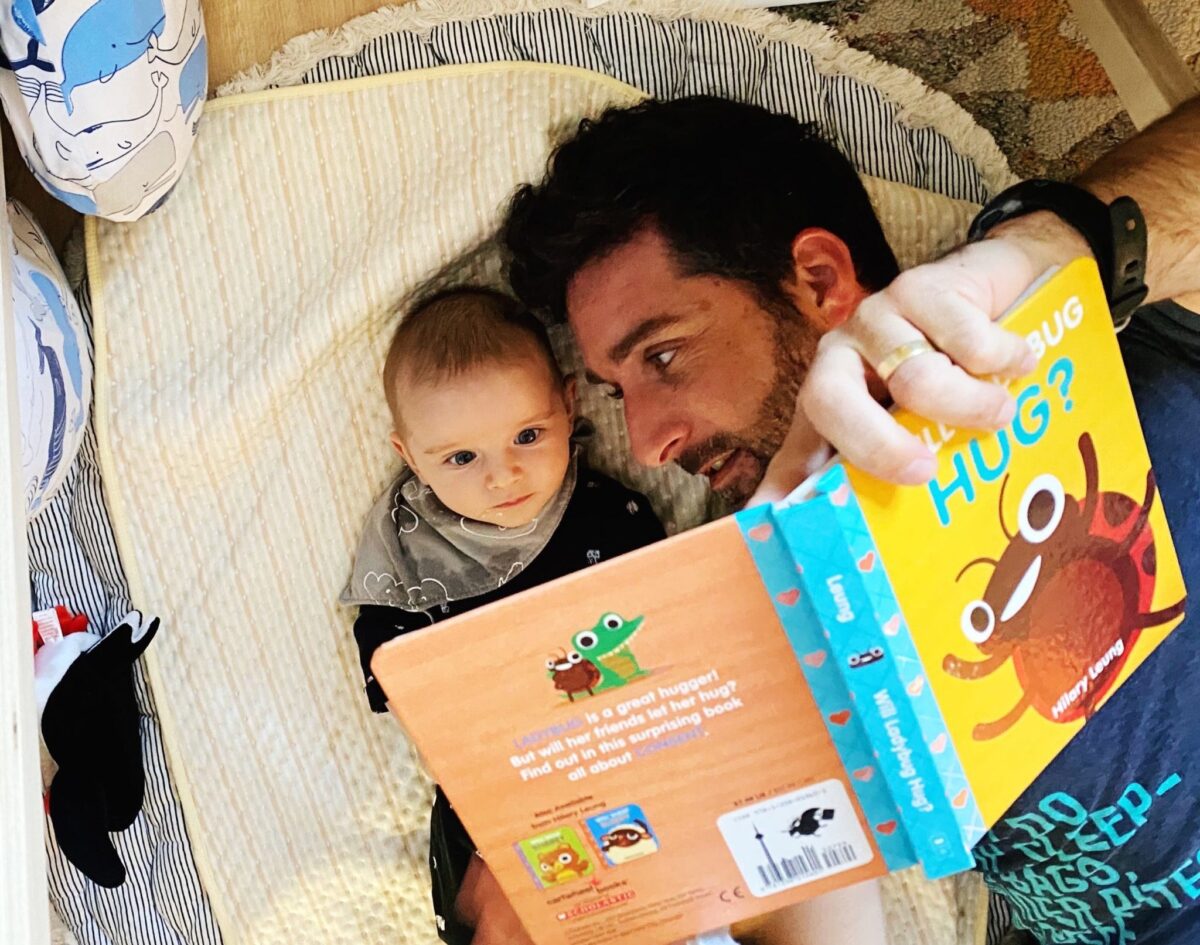
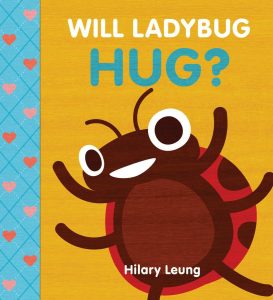
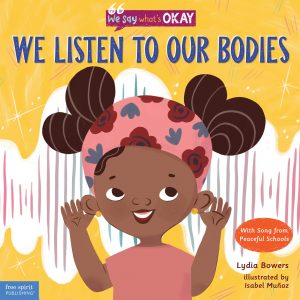

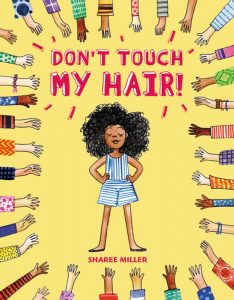
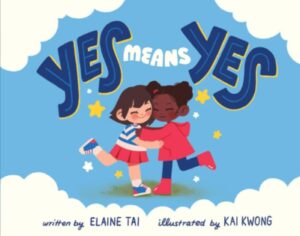
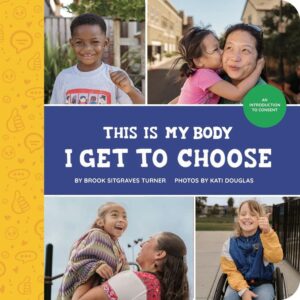
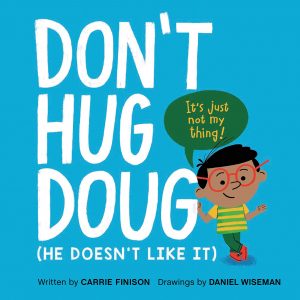
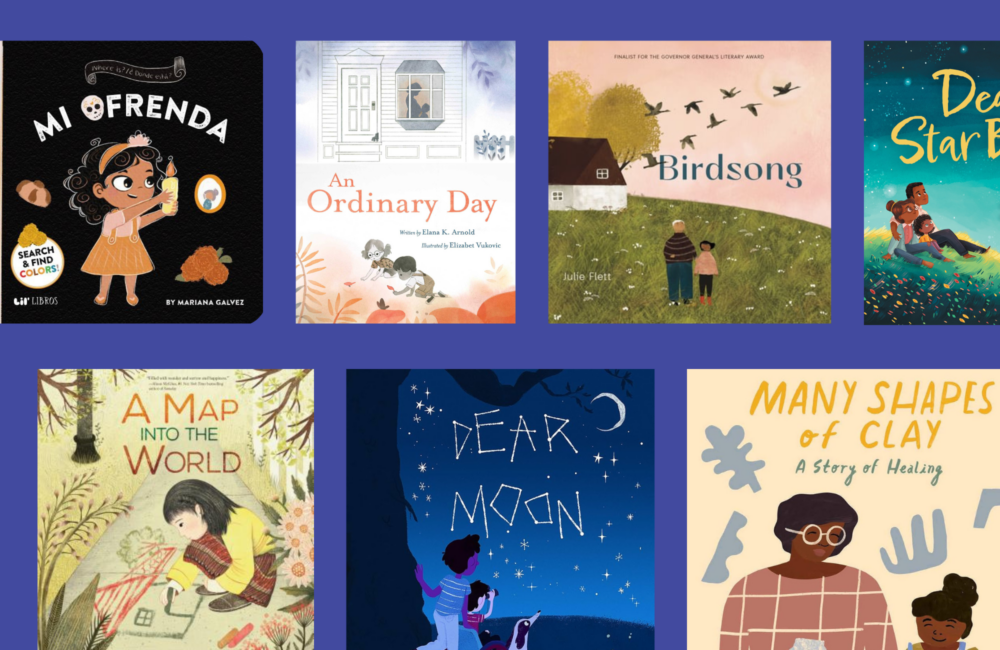
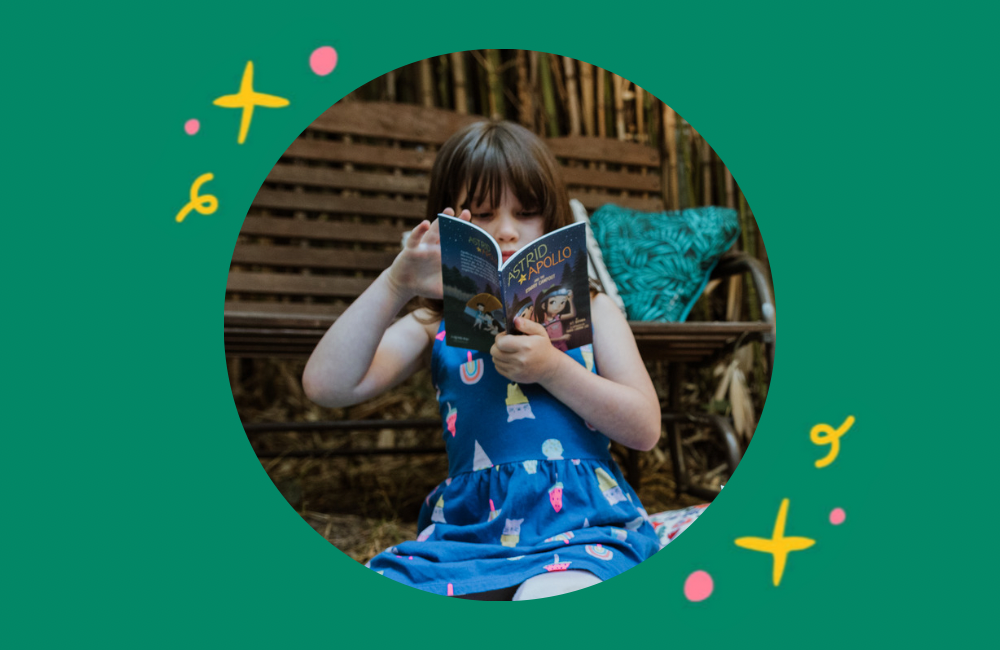
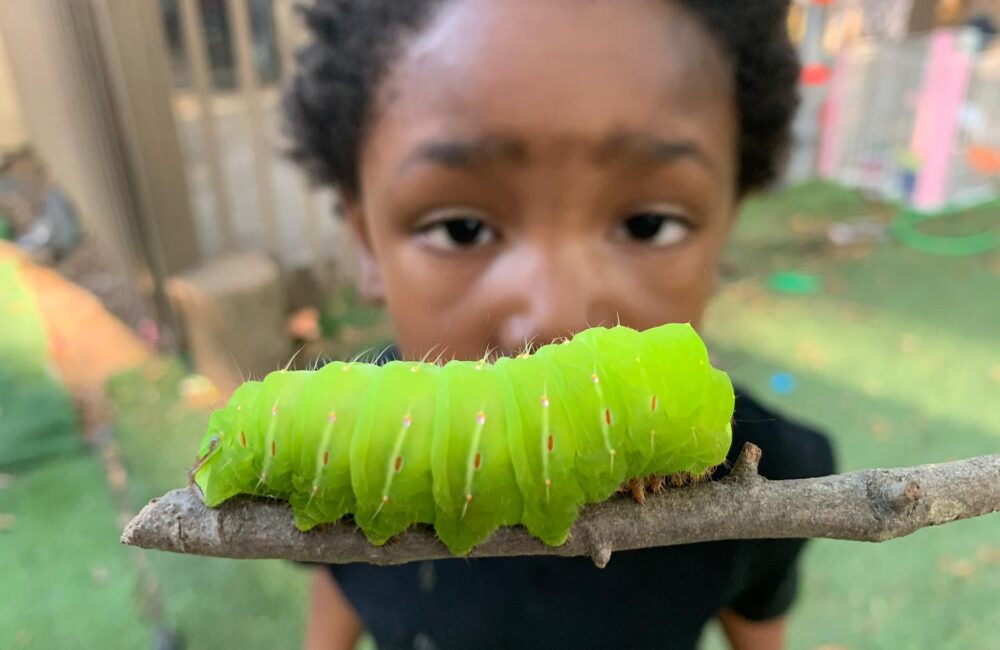
 in Oakland, CA
in Oakland, CA